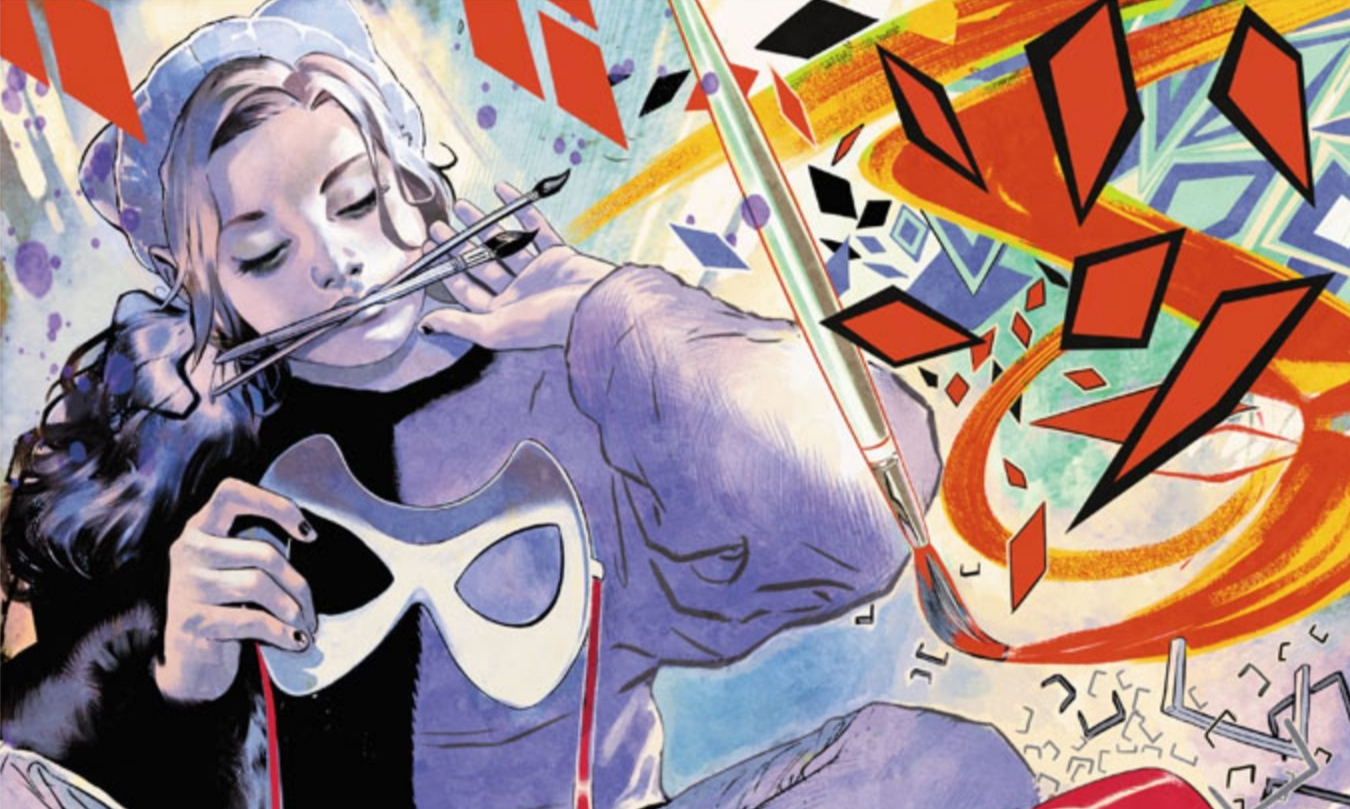
WARNING: The following contains spoilers for Harley Quinn: Breaking Glass by Mariko Tamaki and Steve Pugh, on sale now.
Part of DC's young adult-oriented imprint, DC Ink, Harley Quinn: Breaking Glass reimagines its antihero as a teenager adjusting to life at a new school in Gotham City. In doing so, the creative team of Mariko Tamaki and Steve Pugh are able to craft a new origin story for Harleen Quinzel and her iconic alter ego, freeing the character from the more problematic aspects within her original beginnings.
In both Batman: The Animated Series, in which she first appeared, and her subsequent comic book origins, Harleen was depicted as a criminal psychologist working at Arkham Asylum, where she was assigned to study the Joker. Falling in love with her murderous subject, Quinzel became the villainous Harley Quinn and joined him on his criminal endeavors.
While certainly an enduring origin that survived DC's New 52 relaunch and subsequent franchise adaptations, including Batman: Arkham Asylum and 2016's Suicide Squad, it's one that's a bit complicated, with shades of misogyny and misanthropy regarding mental health.
Like other DC Ink titles, Breaking Glass exists outside of the main DC Universe continuity, so Tamaki and Pugh are able to largely reimagine Harley's origin. As such, Harley's madcap, irreverent behavior is there from the start rather than brought about by encountering the Joker. In fact, Harleen discovers her true, best self within the local neighborhood's drag scene, run by her friends and family, rather than a psychotic, abusive love interest.
That's compounded by the actual appearance of the Joker, who lures Harley into his clandestine criminal crusade against corporate interests in Gotham and offering her a skimpy costume. While certainly intrigued, Harley ultimately rejects that costume and instead makes her own, drawing direct inspiration from the drag subculture while continuing to keep the Joker at arm's length. In doing so, Harley remains very much her own woman for this story.
This tension between Harley and Joker reaches its inevitable fever pitch as the Clown Prince of Crime reveals himself as the son of the wealthy family that had plagued Harley and her neighborhood all along.
The Joker has always traded heavily in deception and deceit, and the twist is one of the stronger moments of the story, as Joker plots a bombing that would kill Harley's friends and family, framing her in the process. Fortunately, this incarnation of Harley sees through the manipulation and thwarts the villain in a well-deserved moment of self-empowerment and reaffirmation of her new alter ego.
The main DCU incarnation of Harley Quinn, with her classic origin, has not generally been one of empowerment, given the character's unhealthy attachment to the Joker. While the character has built her distance from him in recent years, her beginnings are still incredibly problematic.
Fortunately, Harley Quinn: Breaking Glass reimagines the character's origins for new audiences without really compromising the more identifiable aspects of her character. And by making the Joker Harley's arch nemesis, the story reveals the true nature of their toxic relationship for what it really is.
Harley Quinn: Breaking Glass, by Mariko Tamaki and Steve Pugh, is available now from DC Ink.
Add Comments